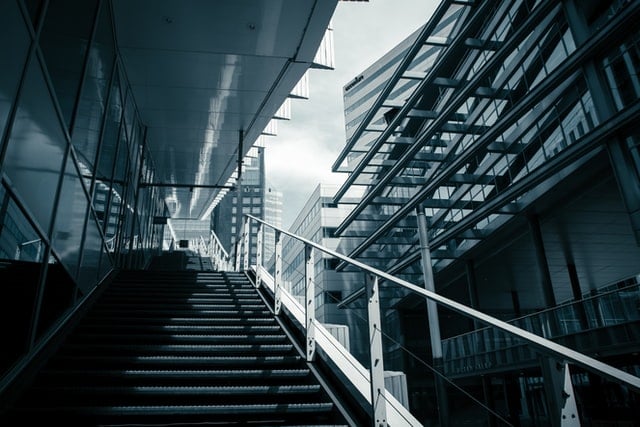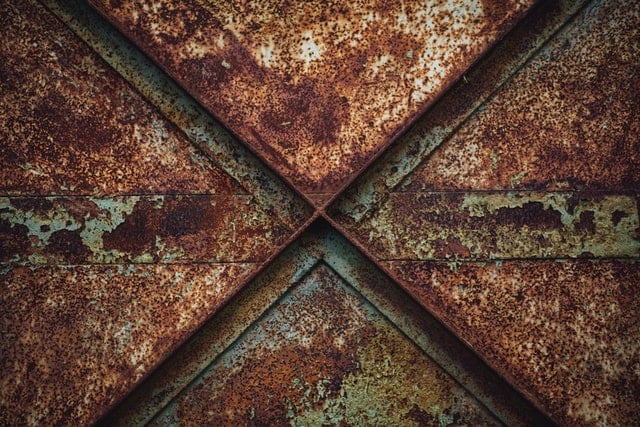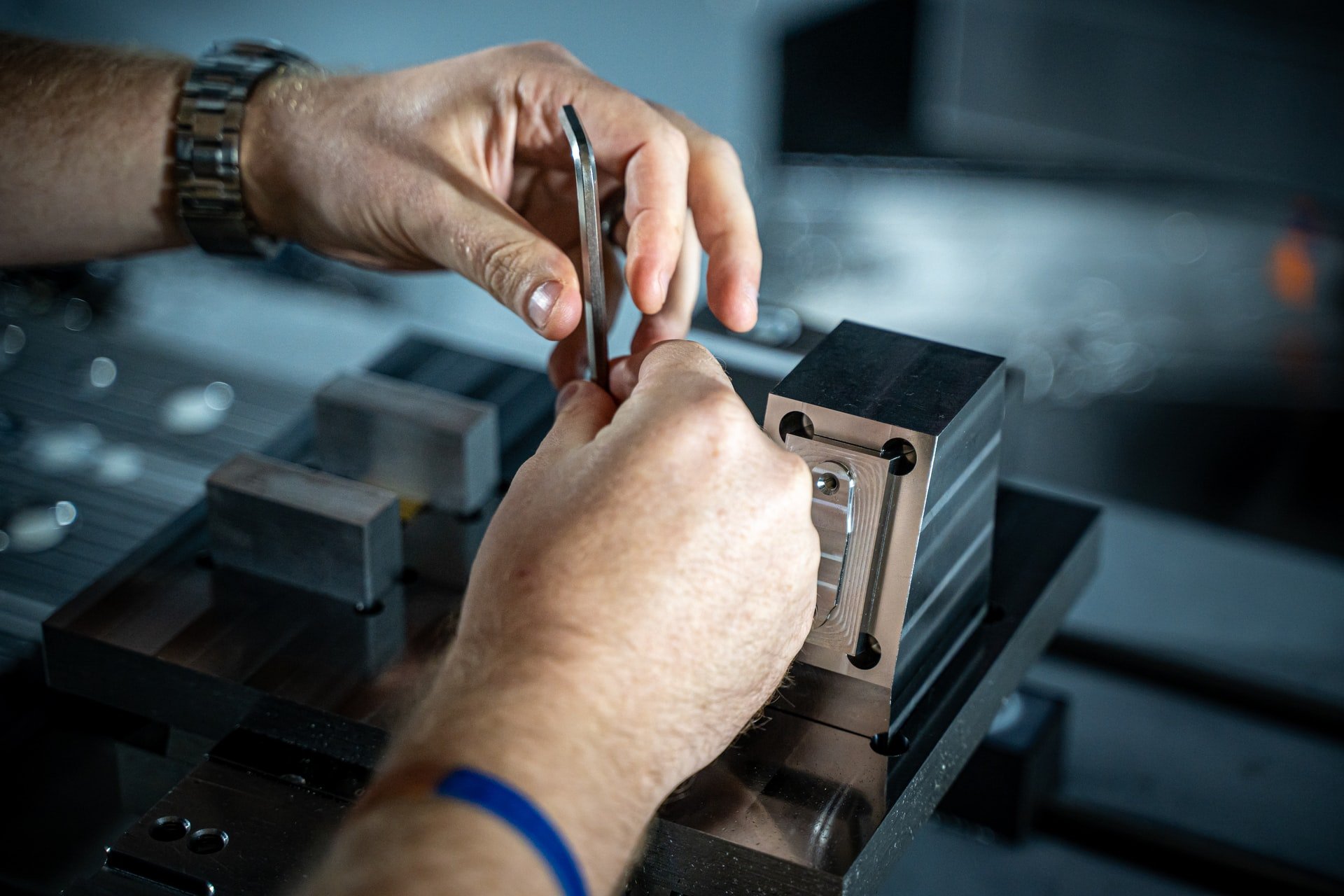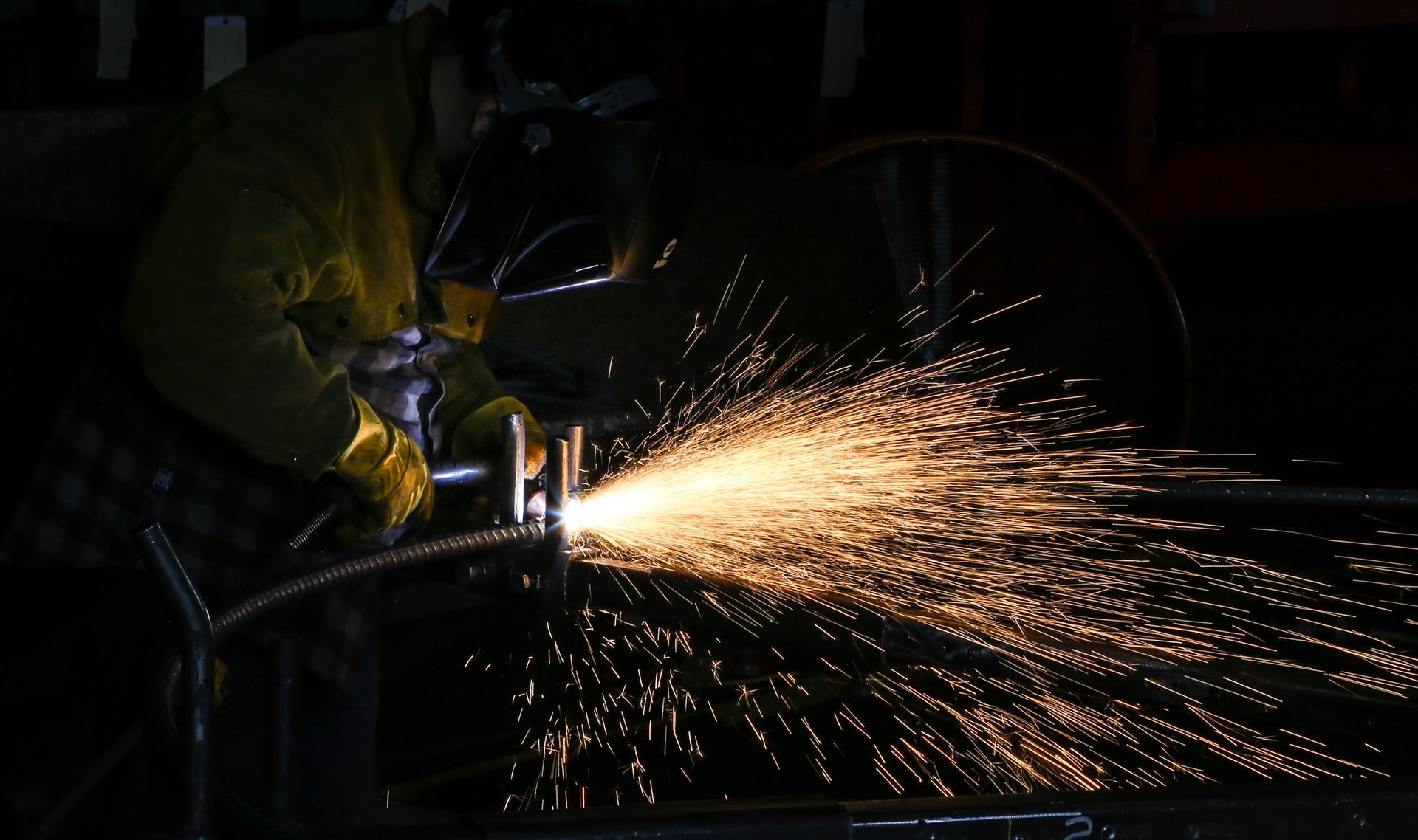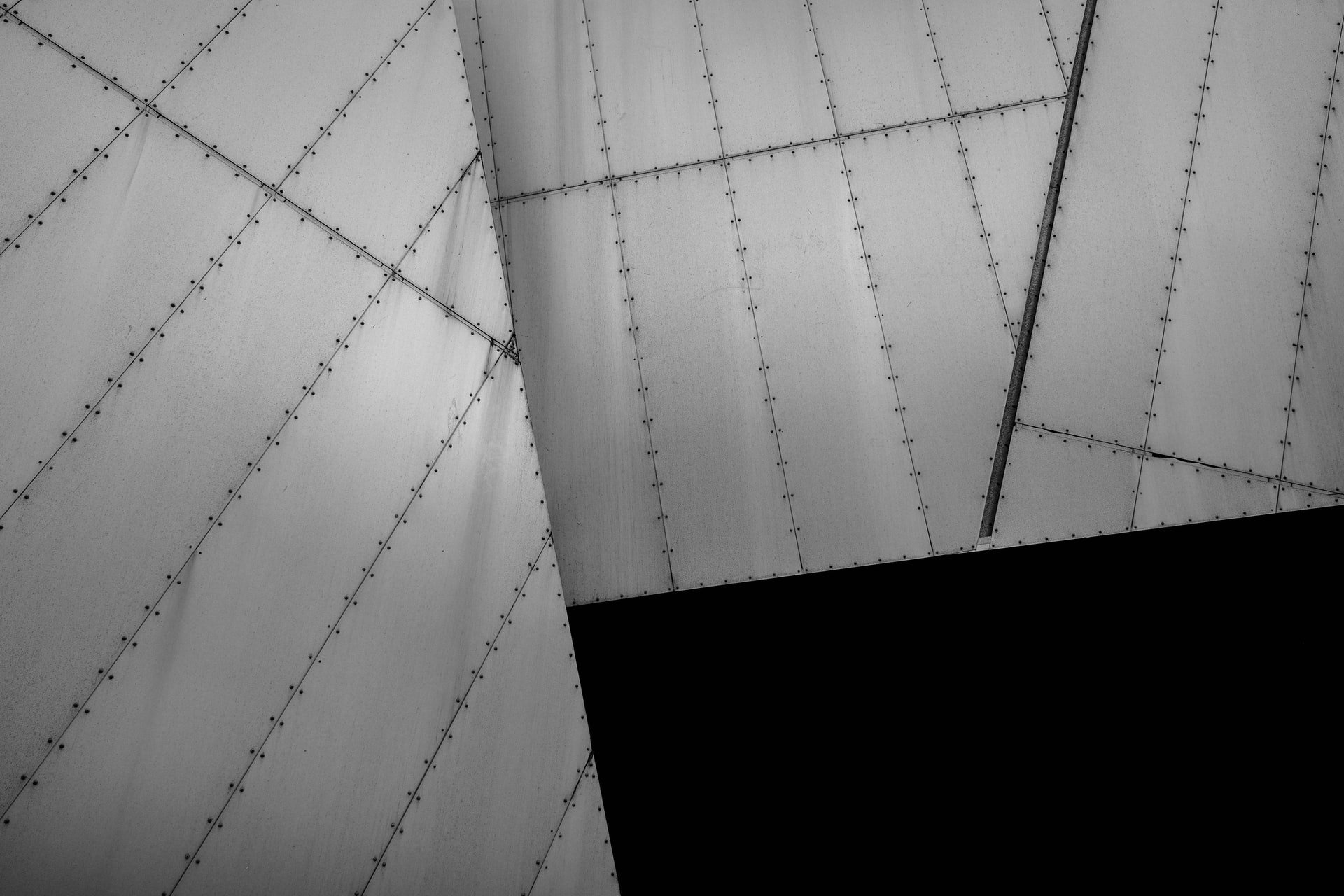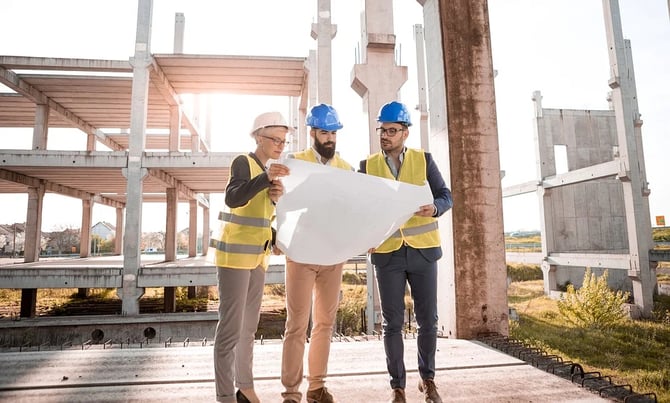
Structural steel refers to any type of steel that is moulded and cut for use in building large-scale inhabited and communal structures, such as apartment buildings, factories, and skyscrapers.
Typically made up of an enhanced iron and carbon compound mixed-alloy, structural steel is most commonly used in I-Beam support frames alongside plate and bolt joints. The crystalline structure that iron cools in once cast, imbues the joined framework with great strength, forming the 'skeleton' of the building. The I-Beams slot together and hold up the other material the structure is made of, such as glass or brick.
Why is structural steel such a great choice for architects and builders, though? Here are five of our key reasons.
1) Flexibility
The bendable, moldable, and measurable nature of structural steel means that buildings and other complex mega-structures (such as rollercoasters) that need sturdy support frames can adapt their steel orders to measure.
One major advantage of working with molten steel over similar materials is that it can be set into curved or bent shapes to meet architectural specifications. A higher degree of creativity can be expressed by designers working with steel, as opposed to those working solely with bricks, plate glass, polycarbonates, or stonework. These alternative materials can be worked into steel designs, as I-Beams can be fitted to almost any other material design.
2) Prefabrication & Easy Assembly
With the advent of computer-aided design, steel frames can now be broken down into smaller, transportable components, for rapid on-site assembly. Prefabricated structural steel can be quickly rebuilt and dismantled as needed by trained steelworkers, thanks to its ability to be joined via boltholes and interlocking joints. Plate joining eliminates the need for time-intensive, difficult welds, and makes structural steel much more cost-effective as a building material.
3) Sheer Strength
Steel framing offers a far superior level of strength to regular bricks and mortar. The heavy lifting capabilities provided by structural steel mean that it's an ideal choice for larger, more expensive builds. Steel framing also allows many more floors to be quickly and safely added to space-intensive buildings, such as office complexes.
4) Durability
Structural steel gives buildings an excellent degree of resistance to the elements. With an estimated lifespan of well over a century and an extreme toughness unmatched by older materials such as oak, structural steel is both easy to maintain and reliable. Steel is also immune to rust, rot, mould, shrinkage, pest damage, and warping. If need be, it can be rust-proofed for outside and exterior use.
5) Cost Effectiveness Through Low Maintenance
One other advantage of structural steel's hardness and long life is that it can slash both initial outlay and building maintenance budgets. As a material categorised as 'install and forget', structural steel needs little further financial or physical attention once it is firmly installed in place.
Structural Steel From GLW Engineering
At GLW Engineering, we specialise in bespoke industrial-grade structural steels and alloys for architectural clients in the UK. We can manufacture and deliver beams, plates, and components to your exact specifications. Call or email us today to discuss a quote for what you'll need to perfect your project. We're still open for (remote) business during the COVID-19 lockdown.
Image source: Pixabay






